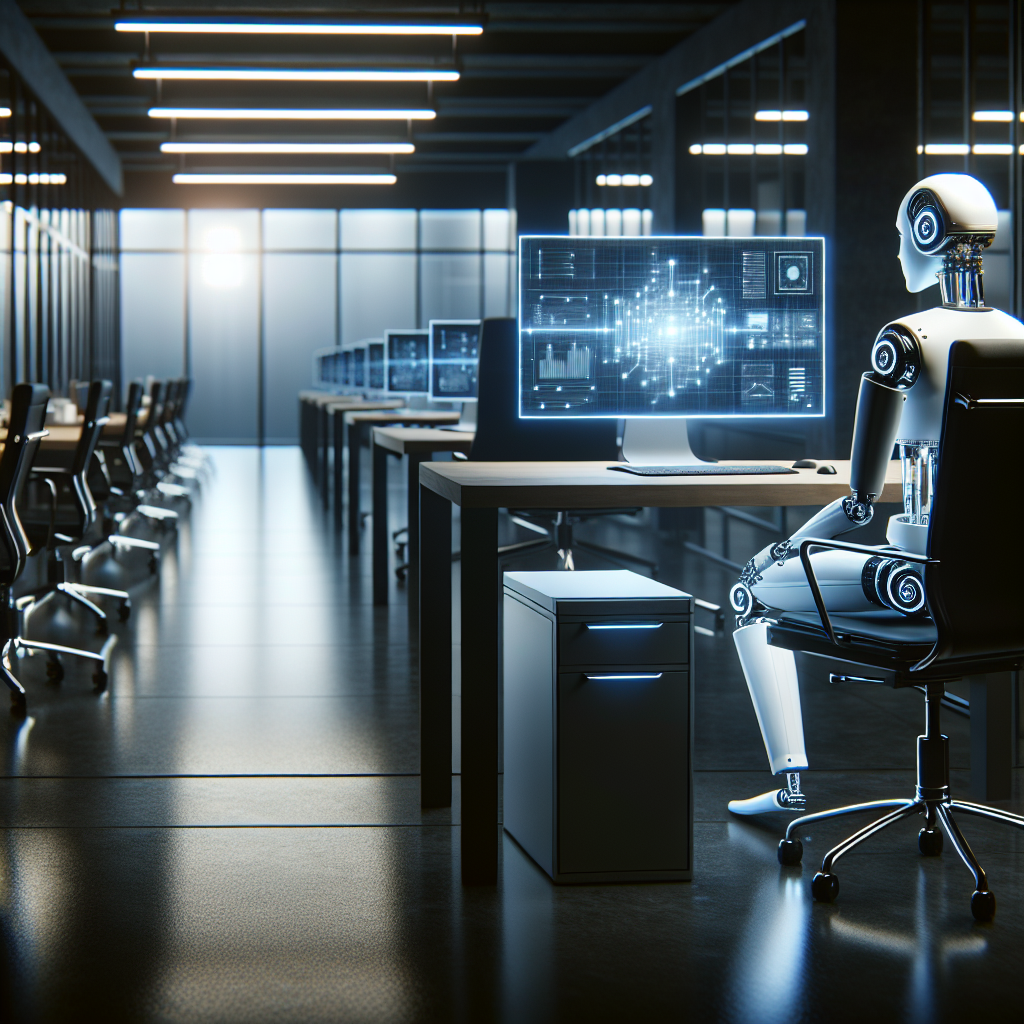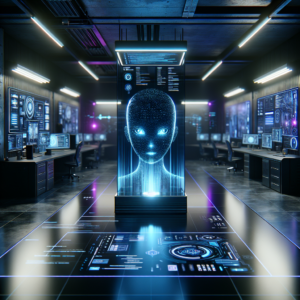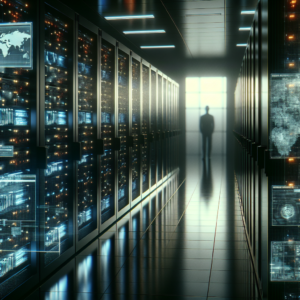41% of Companies Worldwide Plan to Reduce Workforces by 2030 Due to AI
As the digital landscape continues to evolve, businesses are increasingly turning to artificial intelligence (AI) to automate processes, enhance efficiency, and drive innovation. However, this technological advancement comes with significant repercussions for the global workforce. According to a recent report from CNN, 41% of companies worldwide are planning to reduce their workforces by the year 2030 due to the integration of AI technologies. This staggering statistic raises important questions about the future of employment and the ongoing impact of automation in various industries.
The Rise of AI and Automation
The adoption of AI is no longer a futuristic concept; it is a reality that is reshaping the business landscape. From customer service chatbots to advanced data analytics systems, AI technologies are permeating every sector. Companies are leveraging AI to streamline operations, reduce costs, and improve decision-making processes. As a result, traditional roles are being redefined, and many jobs are at risk of displacement.
The Impact on Employment
The prospect of job loss due to AI is a pressing concern. While technology has historically created new jobs, the speed at which AI is advancing could mean that the jobs lost will not be replaced quickly enough. Industries such as manufacturing, retail, and even some professional services are particularly vulnerable. For instance, automated kiosks in retail stores are eliminating the need for cashiers, while AI-driven software is taking over tasks once performed by accountants and analysts.
The CNN report highlights that the most affected groups will likely be low-skill workers, who may find it difficult to transition into new roles without additional training or education. Conversely, high-skill workers are expected to see a different impact as they may have opportunities to shift into roles that require more complex cognitive skills, teamwork, and emotional intelligence—areas where AI still struggles.
The Global Perspective
This trend is not limited to any single country; it is a global phenomenon. Companies in developed and developing nations alike are recognizing the benefits of AI and are making strategic decisions to implement these technologies. A study conducted by consulting firm McKinsey suggests that by 2030, automation could displace up to 25% of the workforce in some countries, leading to significant economic and social implications.
Furthermore, the report emphasizes that while companies may view AI as a means to cut costs, they also risk losing the human touch that drives customer satisfaction and loyalty. The balance between human workers and AI is a critical consideration for businesses aiming to maintain a competitive edge in the market.
The Future of Work
Given the projected reductions in workforce sizes, it is essential for companies to consider how they will adapt to this changing landscape. Workforce planning is becoming increasingly important as organizations must strategize how to integrate AI technologies while still providing value through human contributions.
Investing in Reskilling
As the AI revolution unfolds, investing in reskilling and upskilling existing employees is paramount. Organizations that prioritize training programs to help their workforce adapt to new technologies will not only mitigate job loss but will also enhance employee satisfaction and retention. Employees who feel equipped to handle changes in their roles are more likely to stay engaged and committed to their organizations.
In addition to internal training programs, partnerships with educational institutions can be beneficial. By collaborating to create specialized training programs that align with industry needs, companies can ensure a steady pipeline of skilled workers ready to take on new challenges.
Emphasizing Human Skills
While AI excels in processing data and performing repetitive tasks, human skills such as creativity, empathy, and critical thinking remain invaluable. Organizations should place a strong emphasis on developing these skills within their teams. Fostering a culture of innovation and encouraging employees to think outside the box can lead to new ideas and solutions that AI cannot replicate.
Policy Implications
The rapid integration of AI into the workforce raises important policy considerations. Governments and policymakers must take proactive steps to address the potential fallout from widespread job displacement. This includes implementing social safety nets for those affected and investing in education and training programs to prepare the future workforce.
Moreover, regulatory frameworks need to be established to ensure ethical AI use. Transparency in how AI is implemented and how it affects employees is critical in maintaining public trust and ensuring that technology serves society positively.
Conclusion
The impending changes brought about by AI are undeniable, and the statistic that 41% of companies are planning to reduce their workforce by 2030 should serve as a wake-up call for both businesses and employees alike. Embracing technology while also prioritizing human skills and reskilling initiatives is essential for a sustainable future. The balance between AI and human workers is delicate but crucial. By fostering a culture of continuous learning and adaptation, organizations can navigate the challenges of automation and remain competitive in an ever-evolving landscape.
As we look forward, the collaborative potential of AI and humans can lead to enhanced productivity, innovation, and ultimately a more resilient workforce. The future of work will be defined not just by what technologies we adopt, but by how we choose to integrate and balance them with human capabilities.



